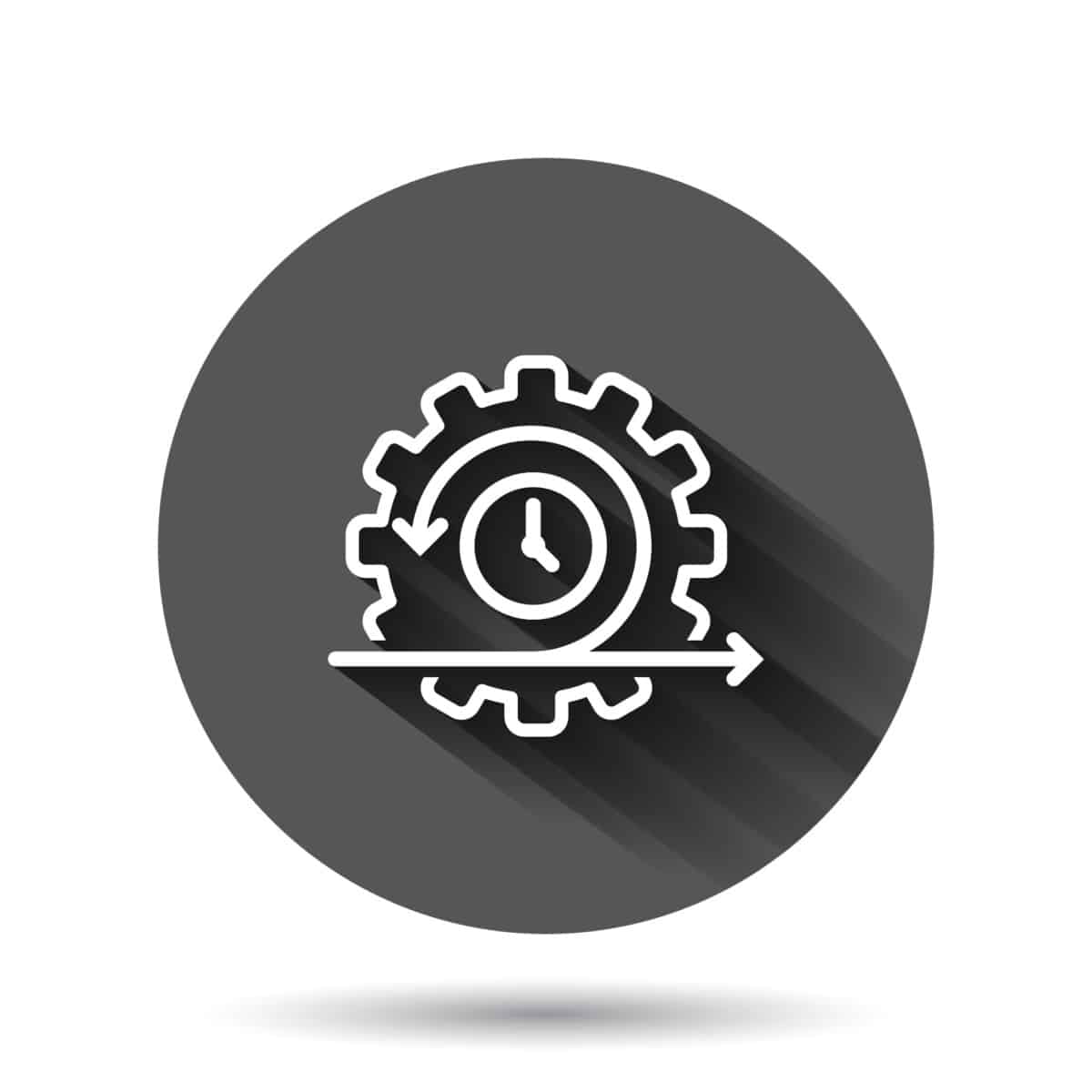There are many companies adopting agile ways of working and many business analysts are finding themselves involved on such projects.
In agile frameworks such as scrum the business analyst role is not specifically called out, instead the business analyst is deemed part of the development team, there role has become more important as companies have become to realise that business analyst can work in agile teams, especially on projects which are large in nature and where companies are actually doing business transformation.
Whilst labels can be misleading some companies are referring to call their business analyst agile business analyst to highlight that the business analyst has specific skills to work on agile projects.
Table of Contents
What is an Agile Business Analyst ?
What is an agile business analyst? An agile business analyst is a is a professional who is responsible for analysing and documenting the requirements for an agile project.
Agile methodologies are used in software development to promote flexibility and adaptability, so an agile business analyst must be able to work in a fast-paced and collaborative environment.
An agile business analyst collaborates with stakeholders, including customers, developers, and project managers, to identify and support the prioritisation of requirements. They work as part of the development team to ensure that the requirements are understood and implemented correctly.
An agile business analyst will work alongside and supporting the product owner to make decisions about the product which is being built.
The agile business analyst will support the product owner by finding out more about problems and giving ideas for how to move forward.
The agile business analyst also helps the product owner explain why decisions have been made that underpin the product and help remain focussed on ensuring that the product backlog is prioritised to meet customer expectations alongside supporting business objectives.
What are the Key Responsibilities of an Agile Business Analyst?
The key responsibilities of an agile business analyst in agile project is to:
- Eliciting and documenting requirements from stakeholders.
- Analysing requirements to ensure that they are clear, concise, and testable.
- Collaborating with the development team to ensure that the requirements are implemented correctly
- Participating in agile ceremonies, such as sprint planning, daily stand-ups, and retrospectives.
- Supporting the product owner with the facilitation of communication between stakeholders and the development team.
- Supporting the product owner with management and prioritisation of the product backlog.
- Helping to ensure that the project stays on track and within scope.
What Techniques does an Agile business Analyst Need to Use?
There are a number of techniques that an agile business analys
User stories – are a concise way of capturing requirements from the perspective of end-users. An agile business analyst needs to be able to write clear and concise user stories that accurately capture the user’s needs.
Acceptance criteria – are used to define the conditions that must be met for a user story to be considered complete. An agile business analyst needs to work with stakeholders to define acceptance criteria that are measurable and testable.
Wireframes and prototyping – are used to provide a visual representation of the product being developed. An agile business analyst needs to be able to create wireframes and prototypes that accurately reflect the requirements and can be used to solicit feedback from stakeholders.
Backlog management – the agile business analyst is responsible for supporting the management of the product backlog with the product owner. Both need to be able to work with stakeholders to ensure that the backlog is constantly updated and prioritised.
Facilitation – the agile business analyst needs to be able to facilitate meetings and workshops with stakeholders. They need to be able to encourage open communication and collaboration between team members.
Continuous improvement – an agile business analyst needs to be committed to continuous improvement. They need to be able to identify areas where the team can improve and work with the team to implement changes that will help them work more efficiently and effectively.
How Does an Agile Business Analyst Work with the Product Owner?
An agile business analyst works closely with the product owner in an agile project. The product owner is responsible for defining and prioritising the product backlog, which is a list of user stories that need to be developed. Here are some ways that an agile business analyst works with the product owner:
Eliciting requirements – the agile business analyst works with the product owner to elicit and document requirements. They help the product owner understand the needs of the end-users and identify the features and functionality that need to be developed.
User story development – the agile business analyst helps the product owner develop user stories that accurately capture the requirements. They ensure that the user stories are clear, concise, and testable and include acceptance criteria that define the conditions for the user story to be considered complete.
Prioritisation – the product owner is responsible for prioritising the product backlog. The agile business analyst helps the product owner prioritise the backlog by providing feedback on the complexity and feasibility of each user story.
Backlog management – the agile business analyst works with the product owner to manage the product backlog. They ensure that the backlog is constantly updated, reviewed, and refined to reflect changes in requirements, priorities, and timelines.
Sprint planning – the agile business analyst participates in sprint planning meetings with the product owner and the development team. They help the product owner prioritise the user stories that will be developed during the sprint and ensure that the development team understands the requirements.
Sprint review – the agile business analyst participates in sprint review meetings with the product owner and the development team. They provide feedback on the completeness and accuracy of the user stories developed during the sprint.
How does the Agile Business Analyst Work with the Development Team
An agile business analyst works closely with the development team in an agile project. The development team is responsible for developing the product based on the requirements captured in the user stories. Here are some ways that an agile business analyst works with the development team:
Clarifying requirements – the agile business analyst works with the development team to clarify the requirements and ensure that they have a clear understanding of what needs to be developed. They answer any questions that the development team may have and provide additional information as needed.
User story refinement – the agile business analyst participates in user story refinement sessions with the development team. They help the development team understand the requirements and provide feedback on the feasibility and complexity of each user story.
Acceptance criteria – the agile business analyst helps the development team understand the acceptance criteria for each user story. They ensure that the acceptance criteria are testable and help the development team develop tests to verify that the user story has been completed.
Sprint planning – the agile business analyst participates in sprint planning meetings with the development team. They help the development team understand the requirements and ensure that they have a clear understanding of what needs to be developed during the sprint.
Sprint review – the agile business analyst participates in sprint review meetings with the development team. They provide feedback on the completeness and accuracy of the user stories developed during the sprint.
Continuous improvement – the agile business analyst works with the development team to identify areas where the team can improve and implement changes that will help them work more efficiently and effectively.
How Does a Business Analyst Develop into an Agile Business Analyst ?
To develop into an agile business analyst, a traditional business analyst needs to acquire a new set of skills and adapt their existing skills to the agile environment. Here are some steps that a business analyst can take to become an agile business analyst:
Learn agile methodologies – the first step to becoming an agile business analyst is to learn the agile methodologies such as Scrum
, Kanban, and Lean. This includes understanding the agile principles, values, and practices, as well as the roles and responsibilities of the team members.
Attend training and certification programs – there are various training and certification programs (such as the IIBA Agile Analysis Certification
) available that provide a comprehensive understanding of agile methodologies. These programs help business analysts learn agile techniques, such as user stories, backlog management, and sprint planning.
Collaborate with agile teams – to become an agile business analyst, it’s essential to collaborate with agile teams and work on agile projects. This will provide hands-on experience with agile methodologies and help the business analyst understand the unique challenges of an agile environment.
Embrace flexibility and adaptability – in an agile environment, change is inevitable. The business analyst needs to be flexible and adaptable to changing requirements, priorities, and timelines. They need to be able to work collaboratively with the team to find solutions to problems and make quick decisions.
Practice continuous improvement – agile methodology is built around the concept of continuous improvement. The business analyst needs to embrace this concept and be committed to improving their skills and knowledge continually.
What is the Future of an Agile Business Analyst ?
The future of an agile business analyst is bright as more and more organisations are adopting agile methodologies for their projects. Here are some trends that will shape the future of agile business analysis:
Increasing demand for agile business analysts – as agile methodologies become more mainstream, there will be an increasing demand for agile business analysts who can help organisations transition to agile methodologies and ensure the success of Agile projects.
Emphasis on soft skills – in addition to technical skills, agile business analysts will need to have strong soft skills such as communication, collaboration, and problem-solving skills. These skills will be critical for working effectively in cross-functional teams and ensuring the success of agile projects.
Continuous learning – agile business analysts will need to continuously learn and adapt to new technologies, tools, and methodologies. They will need to stay up-to-date with the latest trends and best practices in agile business analysis to ensure that they are delivering value to their organisations.
Greater collaboration – agile business analysts will need to collaborate more closely with stakeholders, including the product owner, development team, and end-users, to ensure that the requirements are accurately captured and developed.
Integration with DevOps – agile business analysts will need to work more closely with DevOps teams to ensure that the requirements are integrated into the development and deployment process. They will need to understand the principles of DevOps and work collaboratively with DevOps teams to ensure that the products are delivered quickly and efficiently.



